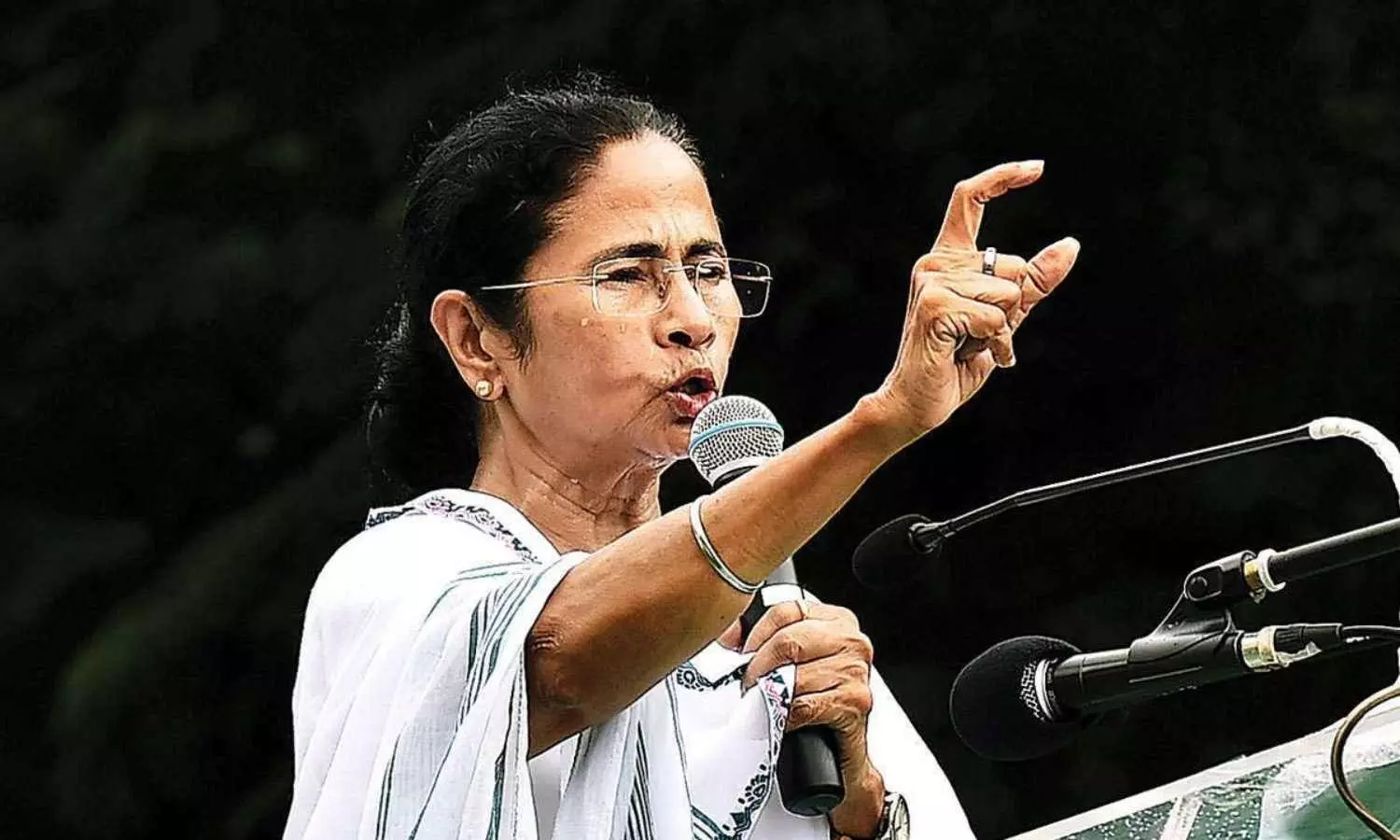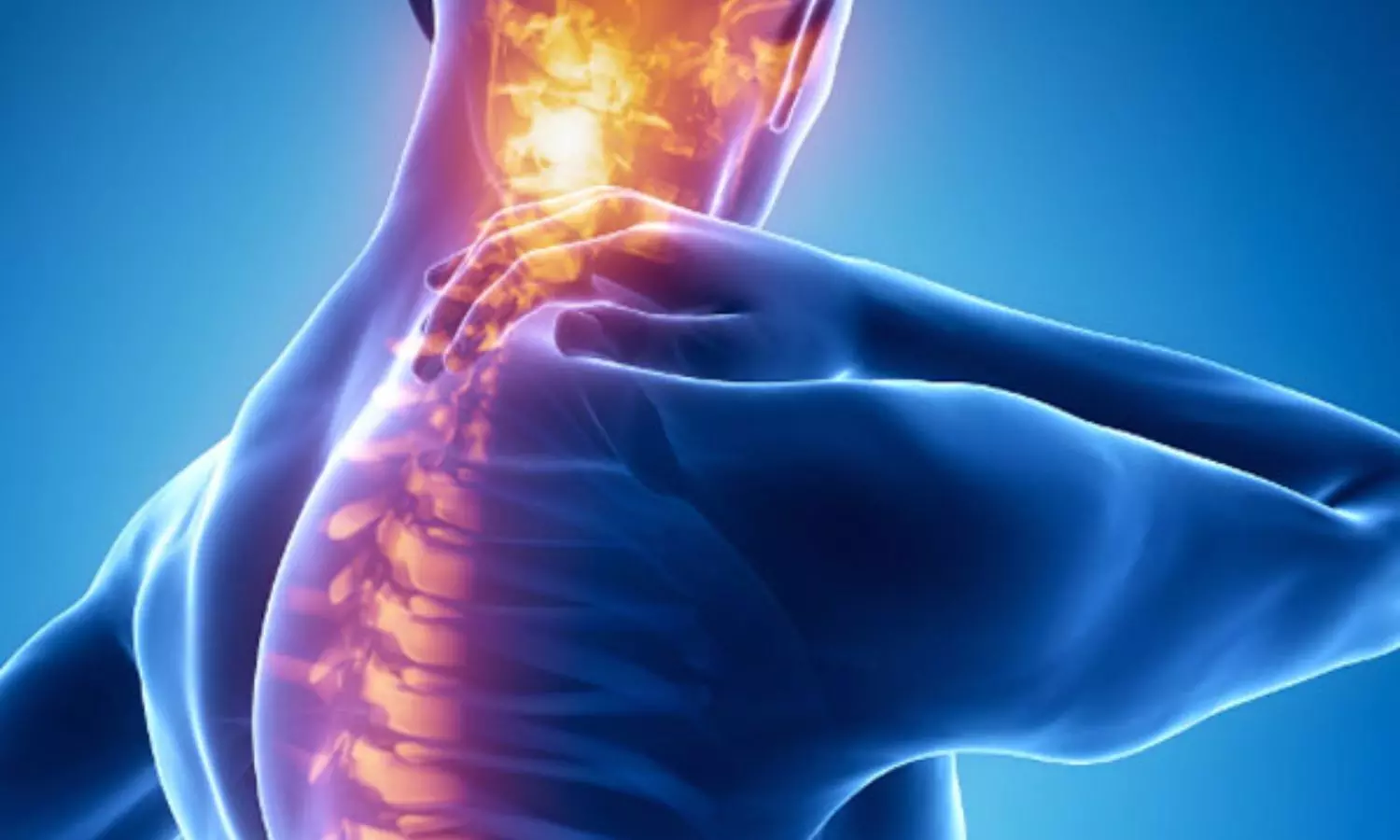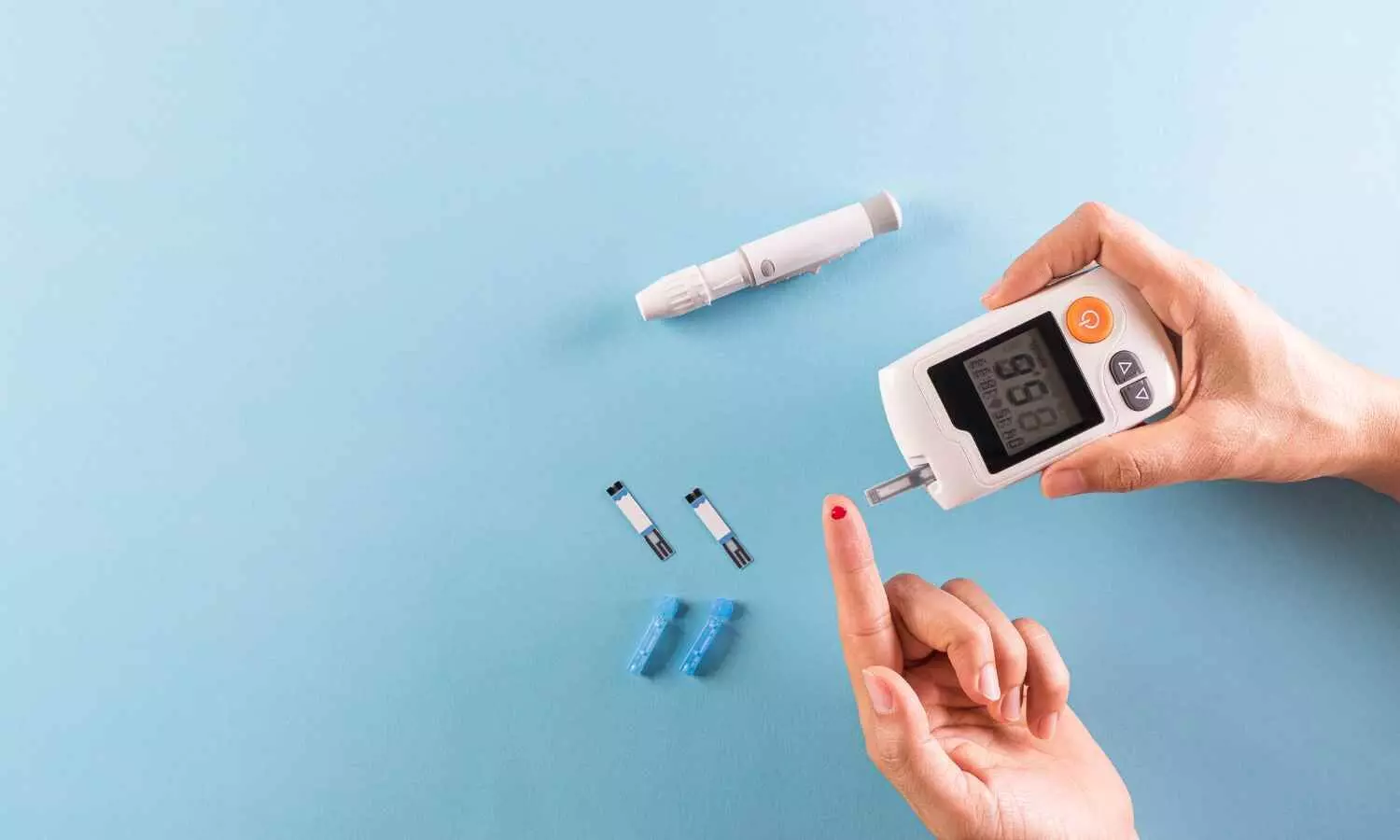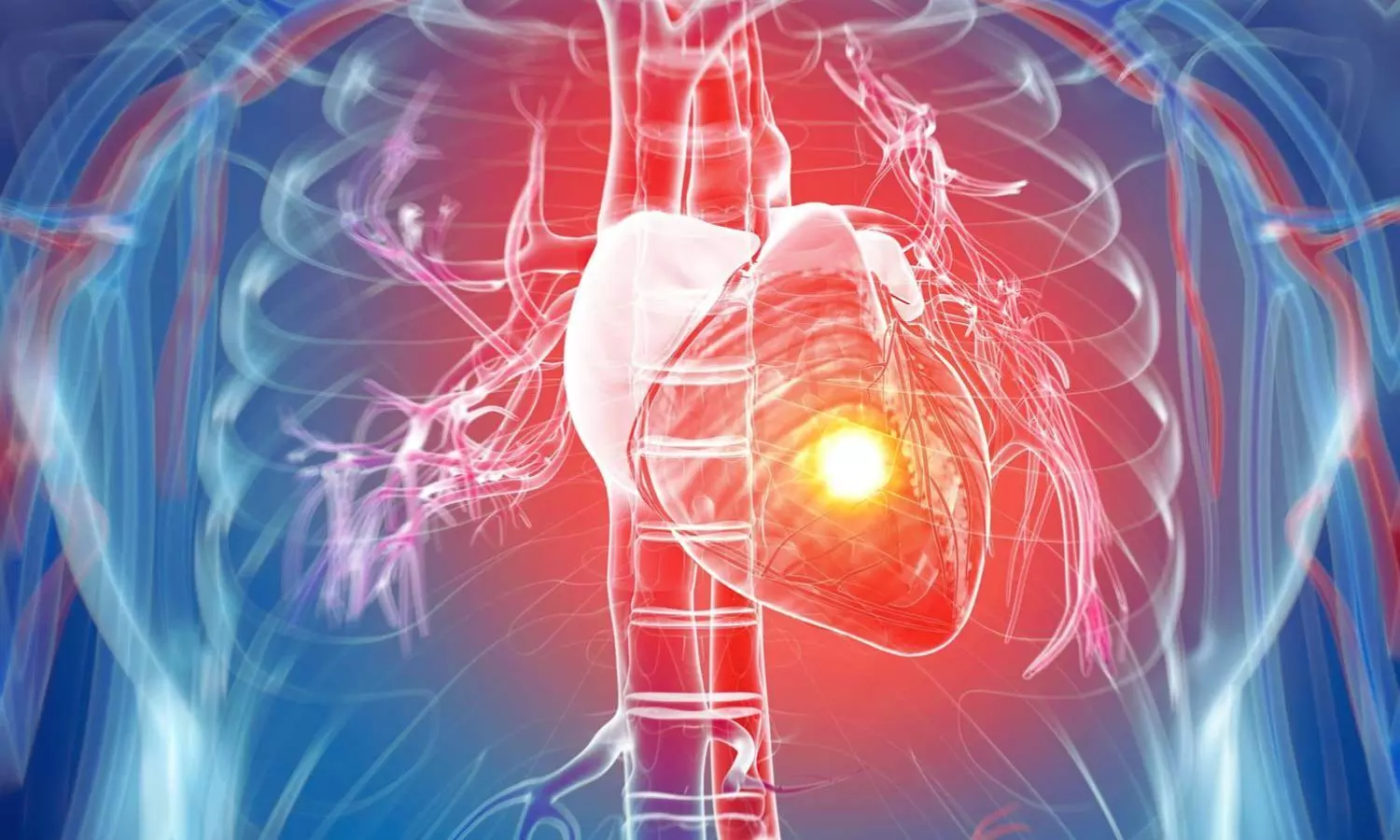Children in foster care with disabilities face significant challenges, research reveals
Powered by WPeMatico
Powered by WPeMatico
Powered by WPeMatico

New Delhi: Raising their concerns regarding the impact of the National Medical Commission’s regulations for MSc and PhD medical instructors, a delegation of non-medical teachers met the Union Health Minister J P Nadda recently and sought his intervention.
The representatives from the National MSc Medical Teachers Association (NMMTA) claimed that the NMC regulations led to a significant shortage of staff in medical colleges and affected the quality of education and training provided to future healthcare professionals.
For a long time, NMMTA has been protesting against the NMC rules and regulations, through which, the Commission reduced the total number of posts available in medical colleges for non-medical teachers. Further, the Commission released CBME 2023 guidelines last year and excluded the non-medical teachers as MBBS examiners.
Also Read: NMMTA moves Health Ministry, Demands Separate Council for Non-Medical Teachers
As per the latest media report by the Times of India, meeting the Union Health Minister, Dr. Arjun Maitra and Dr. Ayan Das, the President and Secretary of NMMTA highlighted the discrimination faced by the non medical teachers due to the current NMC policies and claimed that many association members have been forced to resort to costly, time-consuming legal interventions to navigate the challenges posed by these rules.
Acknowledging their concerns, the Union Health Minister urged the Joint Secretary of Medical Education to compile a comprehensive report detailing the challenges faced by the medical colleges.
Meanwhile, Dr. Maitra urged NMC to reconsidering the regulations and said, “The continued reliance on legal measures undermines our primary goal of nurturing future healthcare professionals. We believe that with the ministry’s support, we can create a more equitable framework that values the contributions of all educators.”
“We urge @MoHFW_INDIA to address the unfair disqualification of MSc./Ph.D. teachers from serving as undergraduate examiners under NMC regulations. Despite court rulings, many universities continue to deny qualified teachers with years of experience their rightful roles. Over 3,000 dedicated educators, some with decades of service, are affected. Please intervene and direct NMC to amend the GMER guidelines to ensure that all teachers with 3+ years of experience in medical colleges can be appointed as examiners,” the association wrote in a X (formerly Twitter) post.
During their meeting with the Health Minister, NMMTA presented Nadda with a copy of their inaugural newsletter, which outlines the commitment of the association to excel in medical education and showcase various initiatives undertaken by NMMTA members.
Medical Dialogues had earlier reported about NMC’s “Guidelines for Under Graduate Courses under Establishment of New Medical Institutions, Starting of New Medical Courses, Increase of Seats for Existing Courses & Assessment and Rating Regulations, 2023”, which was released in August last year. Releasing the concerned guidelines, NMC clarified that only 15% of the total number of posts in Anatomy, Physiology, Biochemistry departments would be filled by the non-medical teachers.
“In department of Anatomy, Physiology, Biochemistry, non-medical teachers may be appointed to the extent of 15% of the total number of posts in the department subject to non-availability of medical teachers. The above mentioned non-medical teachers and the Statistician in the department of Community Medicine should possess qualification in that particular subject from a recognised University as per requirements in Teacher Eligibility Qualification Regulations,” NMC had mentioned in the regulations.
Further, the Competency-Based Medical Education Curriculum (CBME) Regulations 2023, which came into effect on August 1, 2023, excluded the non-medical teachers altogether as the examiners for the undergraduate medical examinations.
“Person appointed as an examiner in the particular subject must have at least four years of total teaching experience as Assistant Professor after obtaining postgraduate degree following MBBS, in the subject in a college affiliated to a recognized medical college (by UGMEB of NMC),” the new CBME Regulations stated.
Apart from seeking legal remedies, NMMTA had earlier staged protest to voice their concerns regarding these rules. Earlier, the association had also called for a co-existence with the medical teachers.
Also Read: Karnataka High Court stays implementation of NMC UG MSR 2023 guidelines
Powered by WPeMatico

Bengaluru: Biocon Limited, a global biopharmaceutical company, has announced the signing of a licensing and supply agreement with Tabuk Pharmaceutical Manufacturing
Company, (a fully-owned subsidiary of Astra Industrial Group), a pharmaceutical company in the Middle
East and North Africa (MENA) region, to commercialize its GLP-1 products for treating diabetes and chronic
weight management, in select countries of the Middle East.
Under the terms of this agreement, Biocon will develop and manufacture the products and Tabuk
Pharmaceuticals will hold the marketing authorization rights, and be responsible to register, import, and
promote them in the region. The agreement also provides for a provision to expand to other GLP products, as
well as the option of a tech transfer that will enable localized manufacturing at a later stage.
Siddharth Mittal, Chief Executive Officer and Managing Director, Biocon Ltd, said, “I am pleased to expand
our partnership with Tabuk Pharmaceuticals, which paves the way for our vertically integrated, complex GLP1 formulations entry into Saudi Arabia and other countries in the region. The partnership is further validation
of our concerted focus on GLPs and Peptides as future growth drivers. This is another important milestone for
Biocon, reflecting our commitment to providing patients around the globe with affordable medications, by
establishing a strong portfolio of products, either directly or through strategic partnerships.”
Commenting on the development, Ismail Shehadah, Chief Executive Officer of Tabuk Pharmaceuticals,
added, “We are excited to announce our partnership with Biocon that will enable us to deliver unique health
solutions aimed at enhancing the well-being of people in Saudi Arabia and other countries we operate in. We
are confident that this partnership supports our efforts to manufacture and localize a range of GLP-1 products
in the region and strengthen our market leading position in the area of diabetes medications, in line with our
strategy. This also stands as a commitment from our side to support the 2030 vision of Saudi Arabia through
localizing specialty pharmaceutical products in the Kingdom.”
Read also: Biocon Biologics announces New Dermatology data to be presented at EADV Congress 2024
Powered by WPeMatico

Kolkata: In response to ongoing concerns about campus safety and amenities for medical staff, state-run medical colleges have initiated a significant renovation project. Progress at various institutes currently stands between 30% and 50%.
Chief Minister Mamata Banerjee has called a meeting on Thursday to assess progress in infrastructure and security improvements.
This meeting highlights the government’s commitment to improving the quality of medical education and addressing the challenges faced by institutions across the state.
As medical college heads prepare for their upcoming meeting with the Chief Minister of West Bengal, there is a sense of anticipation regarding the topics that will be addressed. While the official agenda has not yet been disclosed, college administrators expect a significant focus on the progress of ongoing renovations and security enhancements across various institutions.
According to the Times of India, “We have not been told the agenda at the CM’s meeting. But considering the demand of junior doctors, a part of the meeting could be about the progress of security and amenity upgrade,” said an administrator at a medical college. “The CM may ask us anything, including suggestions on improving infrastructure and services. We are prepared,” said the head of another college.
At RG Kar Medical College, the focal point of junior doctor protests, 200 new CCTV cameras are being installed to enhance security. However, some renovation projects have faced delays due to ongoing CBI investigations concerning specific buildings. Pit Baran Chakraborty, the principal of NRS Medical College, reported that previously dark areas on campus have been illuminated, and renovations of washrooms and duty rooms are currently in progress.
Also Read: ‘Ready to resign’: CM Banerjee says as junior doctors protest continues
In response to these concerns, the state government has sanctioned ₹100 crore for the renovation and enhancement of facilities across all 26 government medical colleges and several hospitals offering postgraduate courses. The initiative aims to address the pressing needs of medical staff and improve overall working conditions.
Indranil Biswas, principal at Medical College and Hospital, reported that the renovation of duty rooms and installation of bells is partially complete. Panic buttons will be installed, and thirty new CCTV cameras have been set up. An IPGMER official noted that 50% of the work on the renovation and CCTV camera installation is finished.
Indranil Biswas, principal of Medical College and Hospital, reported that the renovation of duty rooms and the installation of bells are partially complete. Panic buttons are set to be installed, and thirty new CCTV cameras have already been set up. An official from IPGMER mentioned that 50% of the work on renovations and camera installations is finished.
Partha Pratim Pradhan, principal of Sagore Dutta Hospital, indicated that the deployment of police officers has tripled, and CCTV cameras have been installed. He noted that since the college is relatively new, 60% of the resting rooms come with attached washrooms. For the remaining rooms, funds have been sanctioned, and tenders are currently being invited.
In addition to security enhancements, medical college heads have engaged in discussions with Swasthya Bhavan officials to improve the referral system and with the state human rights panel to enhance overall healthcare services. The commitment to upgrading both security and amenities underscores the state’s dedication to creating a safer and more conducive environment for medical professionals, particularly in light of ongoing protests advocating for better working conditions.
Also Read: Kolkata doctors to continue cease-work, seek another meeting with CM Banerjee
Powered by WPeMatico

Jodhpur: In a recent cyber fraud
case, a doctor in Jodhpur was duped out of ₹6 lakh by scammers impersonating police officers. The
fraudsters kept the doctor digitally “arrested” for
nearly 24 hours and manipulated her into transferring the amount from her
account.
The incident occurred days
after a doctor from Navi Mumbai fell victim to a cyber fraud, losing Rs. 26.52
lakh. The victim has been identified as a 31-year-old doctor working at Vyas
Dental College. He reported the incident to the police after realizing she had
been tricked.
According to Rajendra
Choudhary, SHO of Kudi Bhagtasni police station, the doctor received a video
call on the evening of 20th September from a person claiming to be Vijay
Kulkarni, an officer of the Mumbai Crime Branch. The fraudster, dressed in a
police uniform, convinced the doctor that she was implicated in a case
involving a bank account linked to her Aadhaar card, reports Times of India.
The fraudster further
intimidated the doctor by sending her a series of documents that appeared
authentic, including a supposed arrest warrant, an agreement with the CBI, an
asset seizure notice, and a disaster investigation approval. Under pressure and
fearing legal consequences, she provided her bank details and transferred Rs. 6
lakh via RTGS to an account as instructed by the scammer.
The doctor remained on
the video call with the imposter until 2 PM the following day, unaware of the
fraud. She finally realized the deception when the fraudsters attempted to make
another Rs. 6 lakh transaction from her account, prompting her to approach the
authorities. “He then told her that an account linked to her Aadhaar card is active in Canara Bank, Mumbai, which has money transactions for illegal activities and she will be kept under digital arrest for the investigation of all her financial details”, Choudhary said.
The police are now
investigating the case and have urged the public to remain cautious against
such cyber threats. This incident highlights the growing menace of cybercrime,
particularly targeting vulnerable individuals by impersonating officials and
creating a false sense of urgency.
Powered by WPeMatico

USA: Recent findings underscore a critical issue in managing Type 1 Diabetes (T1D): the high prevalence of neuropathic pain (NP), which often occurs without overt clinical signs of neuropathy. This emerging concern highlights the need for more effective strategies for diagnosing and managing this condition.
“The incidence of NP in T1D was notably high, often occurring without detectable clinical signs of neuropathy as measured by the Michigan Neuropathy Screening Instrument (MNSI). Additionally, the observed relief from pain could not be attributed to using pain medications,” the researchers wrote in Diabetes Care.
While diabetic peripheral neuropathy (DPN) is a well-recognized complication, the specific characteristics and impact of neuropathic pain (NP) in Type 1 Diabetes remain insufficiently understood. Barbara H. Braffett, Biostatistics Center, The George Washington University, Rockville, MD, and colleagues aimed to assess the initial incidence, annual prevalence, remission rates, and risk factors associated with neuropathic pain over an extended follow-up period in individuals with T1D.
For this purpose, the researchers administered the MNSI annually from 1994 to 2020 to 1,324 participants in the Epidemiology of Diabetes Interventions and Complications (EDIC) study. Neuropathic pain was categorized into two groups: NP with clinical signs of diabetic peripheral neuropathy (NP DPN+), defined as self-reported NP along with an MNSI examination score greater than 2, and NP without clinical signs of diabetic peripheral neuropathy (NP DPN−), defined as self-reported NP with an MNSI score of 2 or less.
The study revealed the following findings:
This study emphasized the critical need for screening for neuropathic pain (NP) even in the absence of objective signs of neuropathy during examinations, facilitating earlier and more effective management. It also underscored the significance of rigorous diabetes control in preventing both neuropathy and NP. Furthermore, the research revealed that the progression of NP is not influenced by NP medication use, potentially helping to minimize the reliance on multiple medications in patient care.
“The findings indicate that neuropathic pain in Type 1 Diabetes was prevalent and often occurred even without clinical signs of neuropathy. Notably, pain remission could not be attributed to the use of medication. Additionally, neuropathic pain was linked to higher HbA1c levels and was more common in females,” the researchers concluded.
Reference:
Barbara H. Braffett, Laure El ghormli, James W. Albers, Eva L. Feldman, William H. Herman, Rose A. Gubitosi-Klug, Catherine L. Martin, Trevor J. Orchard, Neil H. White, John M. Lachin, Bruce A. Perkins, Rodica Pop-Busui, DCCT/EDIC Research Group; Neuropathic Pain With and Without Diabetic Peripheral Neuropathy in Type 1 Diabetes. Diabetes Care 27 August 2024; 47 (9): 1559–1567. https://doi.org/10.2337/dc23-1749
Powered by WPeMatico

Since being deemed a public health emergency in 2017, opioids are responsible for 72% of drug overdose deaths in the United States, according to the National Center for Drug Abuse Statistics.
New research from the Case Western Reserve University School of Medicine identifies a potential new approach to address the opioid overdose epidemic—which has devastated families and communities nationally.
The study, published today in the journal JAMA Network Open, suggests semaglutide is linked to lower opioid overdoses in people with opioid-use disorder (OUD) and type 2 diabetes (T2D).
Semaglutide, a glucagon-like peptide receptor (GLP-1R) molecule that decreases hunger and helps regulate blood sugar in T2D, is also the active component in the diabetes and weight-loss drugs Wegovy and Ozempic.
The research team-led by biomedical informatics professor Rong Xu-analyzed six years of electronic records of nearly 33,000 patients with OUD who also had T2D. The researchers used a statistical approach that mimics a randomized clinical trial.
They found patients prescribed semaglutide had a significantly lower risk for opioid overdose, compared to those who had taken any of eight other anti-diabetic medications, including other types of GLP-1R-targeting medications.
About 107,500 people died from drug overdoses nationally in 2023, mostly from opioids, according to the CDC. Despite effective medications to prevent overdoses from OUD, the CDC estimates only a quarter of those with OUD receive them and about half discontinue treatment within six months.
“Not everyone receives or responds to them,” said Xu, also director of the medical school’s Center for AI in Drug Discovery. “As a result, alternative medications to help people treat opioid use disorder and prevent overdosing are crucial. Therefore, our findings suggest that it is important to continue studying semaglutide as a possible new treatment for combating this terrible epidemic.”
Nora D. Volkow, director of the National Institute for Drug Abuse, co-led the study.
Although their findings potentially support the idea that semaglutide could treat OUD and prevent overdoses, the study’s limitations restrict the researchers from making firm causal conclusions, Xu said. Semaglutide’s use will need to be further investigated through randomized clinical trials, the researchers said.
Reference:
Wang W, Volkow ND, Wang Q, et al. Semaglutide and Opioid Overdose Risk in Patients With Type 2 Diabetes and Opioid Use Disorder. JAMA Netw Open. 2024;7(9):e2435247. doi:10.1001/jamanetworkopen.2024.35247.
Powered by WPeMatico

Women
across the globe, are still missing out on vital treatment for their No 1
killer cardiovascular disease despite significant progress in the medical
management of heart disease and stroke, concludes a consensus statement
published online in the journal Heart.
Conventional
cardiovascular disease risk factors, such as high blood pressure and high
cholesterol, are often not treated as promptly or as appropriately as they are
in men, despite accounting for around half of all preventable cardiovascular
disease deaths, says the statement.
Healthcare
professionals and the public mistakenly believe that women’s risk of
cardiovascular disease is lower than men’s, says the statement. “Myths and
unconscious biases within clinical practices and societal perceptions further
obscure the reality that heart disease does not discriminate by sex,” it says.
And all too often
women’s voices are unheard and their heart symptoms aren’t taken seriously
enough, it adds.
The statement sets out
a series of actions for clinicians and their professional bodies in each of the
major cardiovascular disease areas.
These include:
Patients and those
advocating on their behalf also have a role in advancing women’s cardiovascular
disease care, says the statement.
For example, they
should:
The statement also
calls for the establishment of women’s heart champions to offer peer to peer
support and dedicated women’s heart hubs to check on conventional risk factors,
such as blood pressure, cholesterol, and weight, and provide lifestyle advice on
diet and exercise. And a dedicated women’s health strategy should be created,
it suggests.
Reference: Tayal U, Pompei G, Wilkinson I, et al Advancing the access to cardiovascular diagnosis and treatment among women with cardiovascular disease: a joint British Cardiovascular Societies’ consensus document Heart Published Online First: 24 September 2024. doi: 10.1136/heartjnl-2024-324625
Powered by WPeMatico

An invasive strategy vs. optimal medical therapy alone after a non-ST-elevation myocardial infarction (NSTEMI) in older adults did not affect the combined risk of cardiovascular death or MI, although non-fatal MIs and subsequent revascularisation procedures were reduced, according to late-breaking research presented in a Hot Line session today at ESC Congress 2024. The SENIOR-RITA trial is simultaneously published in the New England Journal of Medicine.
In higher-risk patients after NSTEMI, guidelines recommend an invasive strategy over medications alone. However, older patients with NSTEMI are less likely to receive guideline-recommended care including an invasive strategy. This might be due to clinician or patient fear of the risk of procedural complications or futility. Furthermore, older patients are underrepresented in clinical trials of NSTEMI treatment strategies and robust evidence-based recommendations for their care are lacking. Therefore, the care of older adults with NSTEMI is not standardised.
Lead investigator, Professor Vijay Kunadian of the Translational and Clinical Research Institute, Newcastle University and Freeman Hospital, Newcastle-Upon-Tyne, UK, explained: “Our hypothesis was that an invasive strategy on top of optimal medical therapy vs. a conservative strategy of optimal medical therapy alone would be superior in terms of reducing the combined risk of cardiovascular death or non-fatal MI in patients aged ≥75 years admitted with a NSTEMI. In a broad inclusive trial population, which represents the older patients we see in our daily clinical practice, we did not see a reduction in the combined risk of cardiovascular death or non-fatal MI, but we did see a reduction in recurrent non-fatal MIs and the need for subsequent revascularisation procedures.”
In the open-label SENIOR-RITA trial, patients aged ≥75 years presenting with type 1 NSTEMI were randomly allocated (1:1) to one of two treatment groups. In the conservative strategy group, patients received ESC Guideline-recommended secondary prevention therapy, including antiplatelet therapy, statins, angiotensin-converting enzyme inhibitors and beta-blockers. In the invasive strategy group, in addition to these medications, patients had invasive coronary angiography and, if deemed necessary, coronary revascularisation (insertion of a stent or bypass surgery). All patients had formal assessment of frailty, cognition and co-morbidity at baseline and follow-up. The primary endpoint was time to cardiovascular death or non-fatal MI. Secondary endpoints included components of the primary endpoint, all-cause death, subsequent coronary revascularisation and bleeding complications.
In total, 1,518 patients were recruited from around 48 NHS sites across England and Scotland. The mean overall age was 82.4 years and 72% were aged 80 years or older (the oldest being 103 years old). Almost half were female (45%). Overall, 80% of patients were classified as prefrail or frail, more than 60% had cognitive impairment and the majority had a comorbidity index of ≥5, indicating multiple concurrent long-term conditions. Medical therapy was balanced between the two groups. In the invasive group, 90% had the intended angiography and 50% had revascularisation procedures during hospitalisation.
After median follow-up of 4.1 years, there was no difference in the primary endpoint of cardiovascular death or non-fatal MI between the invasive strategy group (25.6%) and the conservative strategy group (26.3%; hazard ratio [HR] 0.94, 95% confidence interval [CI] 0.77–1.14; p=0.53). This pattern was observed for the different prespecified subgroups (including those who were frail, cognitively impaired or had multiple comorbidities).
No differences were observed for cardiovascular death (15.8% with invasive strategy vs. 14.2% with conservative strategy; HR 1.11; 95% CI 0.86–1.44). There was a significant reduction in non-fatal MI, which occurred in 11.7% of patients in the invasive strategy group vs. 15.0% in the conservative strategy group (HR 0.75; 95% CI 0.57–0.99). Patients in the invasive strategy group also required fewer subsequent revascularisation procedures than those in the conservative strategy group (3.9% vs. 13.7%; HR 0.26; 95% CI 0.17–0.39). There were no observed differences in the other secondary outcomes, including all-cause death, all MIs combined, stroke, hospitalisation for heart failure or any bleeding complications. The rate of procedural complications was less than 1%.
Professor Kunadian concluded: “An invasive strategy did not reduce the primary endpoint (combined risk of cardiovascular death or non-fatal MI), but we did see some benefits. Importantly, the invasive strategy appeared to be safe overall in our older patients. These results are consistent with our recent patient-level meta-analysis, which we are currently updating with data from SENIOR-RITA to further strengthen the evidence base in this understudied population. Including older patients in trials enables us to challenge current practice and highlights that age should not be a barrier to individualised care, including access to angiography and percutaneous coronary intervention.”
Reference:
Vijay Kunadian et al, Invasive Treatment Strategy for Older Patients with Myocardial Infarction, New England Journal of Medicine (2024). DOI: 10.1056/NEJMoa2407791.
Powered by WPeMatico
